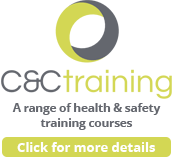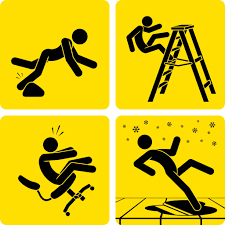Working out the probability of an incident occurring when carrying out your risk assessments can be subjective. Get it wrong may increase the risk of injuring a worker because your controls do not match the risk, or result wasting valuable resources because you are doing too much to control the risks.
Consider the following factors to increase the accuracy of your likelihood evaluation:
- Assess Competence Levels of your Employees. This has a significant impact on the probability. The more competent an employee is at carrying out their tasks safely, the less chance there is of something going wrong. Don’t assume a trained person is automatically competent. Training imparts knowledge of how to undertake a task safely. Assess whether they also have the skills, experience, attitude, and ability to consistently perform the task safely. (think of the standard of car drivers who have passed their test!).
- Review Your Past History. Hindsight is a wonderful tool. Review historic near miss and accident reports, complaints, and sickness records to get a feel for the effectiveness of your existing measures. Regular workplace inspections and audits of your management systems, record results that can be used to identify themes or underlying issues and therefore shed more light on the potential for injury.
- Check Industry Knowledge. Check that you are up to speed with what is happening in your industry, such as through your trade association and reading our publications so that you can get a good feel for accidents that are happening in similar industries. Use this information to compare with your activities and controls.
- Follow the Hierarchy of Controls. Check that your existing control measures follow the well-established hierarchy of controls and you have not defaulted to the use of PPE. Having physical safeguards for example, such as a noise enclosure around noisy equipment or processes means that it is less likely that employees would suffer hearing damage than if you issued them with hearing protection. Collective prevention/protection measure should always be prioritised over individual measures.
- Review Your Safe Systems of Work. If your systems of work are well established, easily understood and regularly checked to ensure that they are being implemented, they will reduce the likelihood of an incident. If you are assessing a complex task involving many elements and one of task, increase the risk of an employee cutting corners, so factor this into account, where there will be an increase in the likelihood of something going wrong.
- Consider Supervision Levels. You have a legal duty to ensure that you provide such supervision as is necessary to ensure the health and safety of employees. All employees, regardless of their competence, will need a degree of supervision. Check that you have an approach that reflects the potential risk. For low-risk tasks with competent employees, look to provide a lower degree of supervision, gradually increasing the amount as the risk potential increase. Pay particular attention to agency and zero-hours contract workers who may not be familiar with your safe working arrangements to the same degree as your regular employees.
- Understand Your Organisational Culture. Workplace culture with safety demands is equal to or greater than other business demands, generally provide added reassurance that employees and managers take health and safety seriously and are less likely to bend the rules. If you have multiple sites, then consider that local managers may be less compliant as those at head office. Implement a ‘from the top- lead by example standard’, ensuring senior managers are regularly visibility present and compliant in all areas and locations of the organisation. Take time to positively promote health and safety as part of their engagement with the workforce. Remember to change your perception when you have been made aware of an accident or near miss, or you receive an enforcement visit that highlights new concerns or your own inspections identified issues. This should trigger a review of the associated risk assessments as the knowledge now available, may render them ‘no longer valid’.











